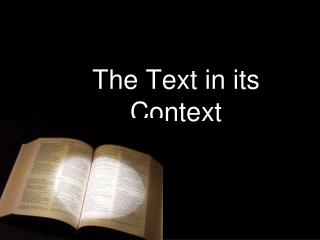
Tell students that they are going to be viewing the rest of the story online and that they are going to be acting out their own subtexts.Īccess Kennedy Center: StorytimeOnline and begin playing the online story. This is always happening to me! It's all my mom's fault-she's always rushing me out of bed and now I'm going to be late for school! I wish I could just stay home today.Ĭhoose one of the above subtexts to model, or create your own. I am so mad! Why do bad things always happen to me? I wish I could just go back to sleep and start this day all over again! Some examples of subtext for the first page of this story are: You don't use words like "I think Alexander is saying." or "He probably thinks." You just talk as if you are the character. Tell students that when you act out the subtext, you "become" the character. I went to sleep with gum in my mouth and now there's gum in my hair and when I got out of bed this morning I tripped on the skateboard and by mistake I dropped my sweater in the sink while the water was running and I could tell it was going to be a terrible, horrible, no good, very bad day.ĭescribe important parts of the illustration aloud-Alexander's body language, the sweater in the sink, his messy room, etc. Read the text aloud and show the illustration to students.

Model this strategy for students using the first page of the story. Explain that they are going to be acting out the subtext in this story. Tell students that when we imagine what a character is thinking outside of what the story tells us, it is called subtext. Based on the title and the illustration, ask students to describe what they think Alexander might be thinking (e.g., he doesn't want to get out of bed, he's grounded, his mom yelled at him, he's sick). Ask them to describe the illustration to you (e.g., the boy is in bed, he looks mad, there are toys around his bed on the floor). Show students the cover of Alexander and the Terrible, Horrible, No Good, Very Bad Day.


Explain to students that they are going to be doing some acting today and they are going to be learning about what characters in stories are thinking and feeling. If you prefer, distribute hard copies of the book among the students. Gather students around the computer screen (or projection screen if available).


 0 kommentar(er)
0 kommentar(er)
